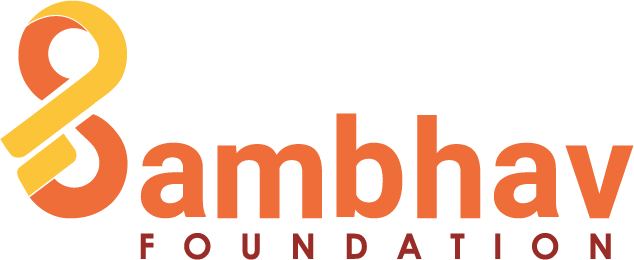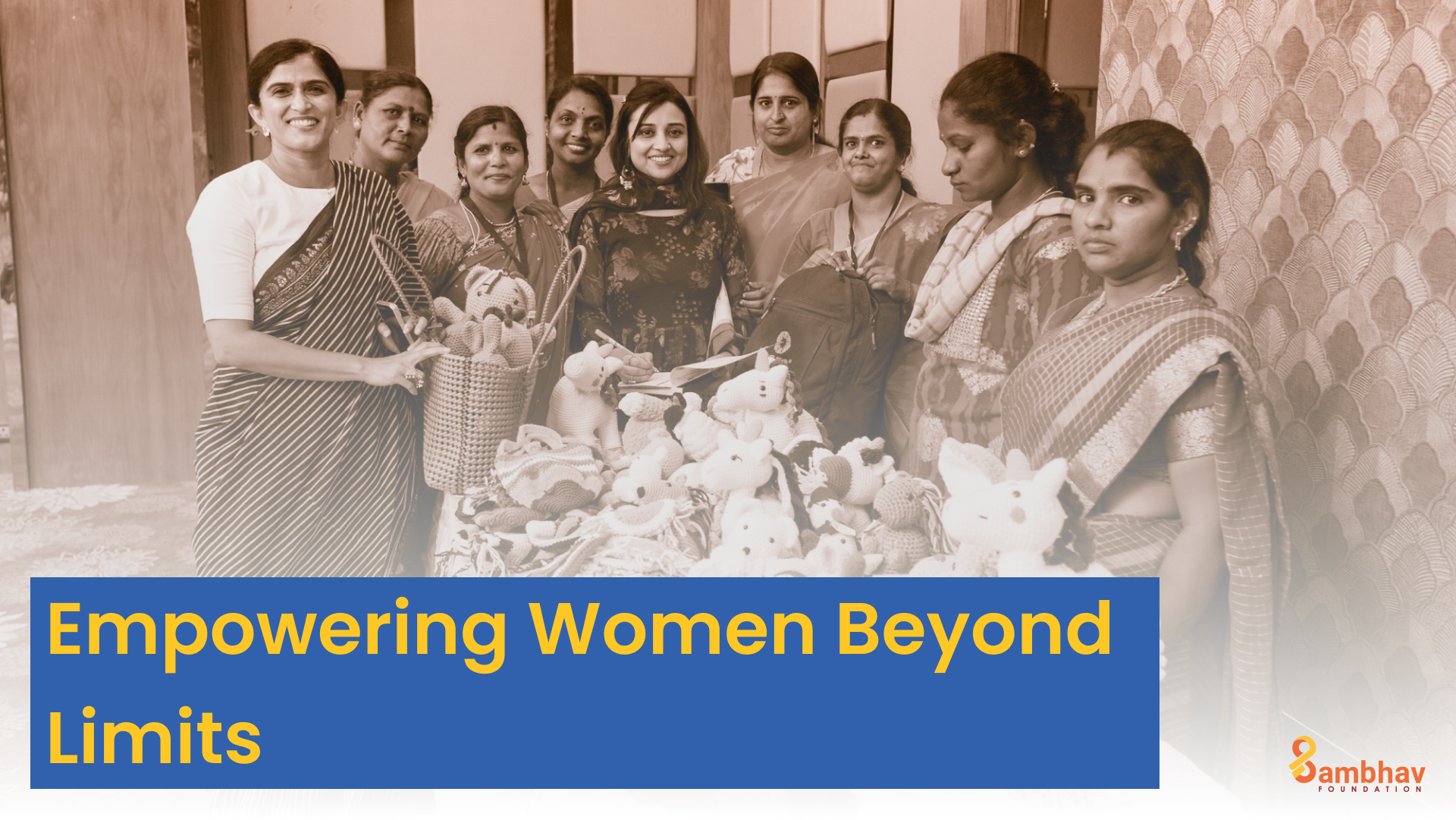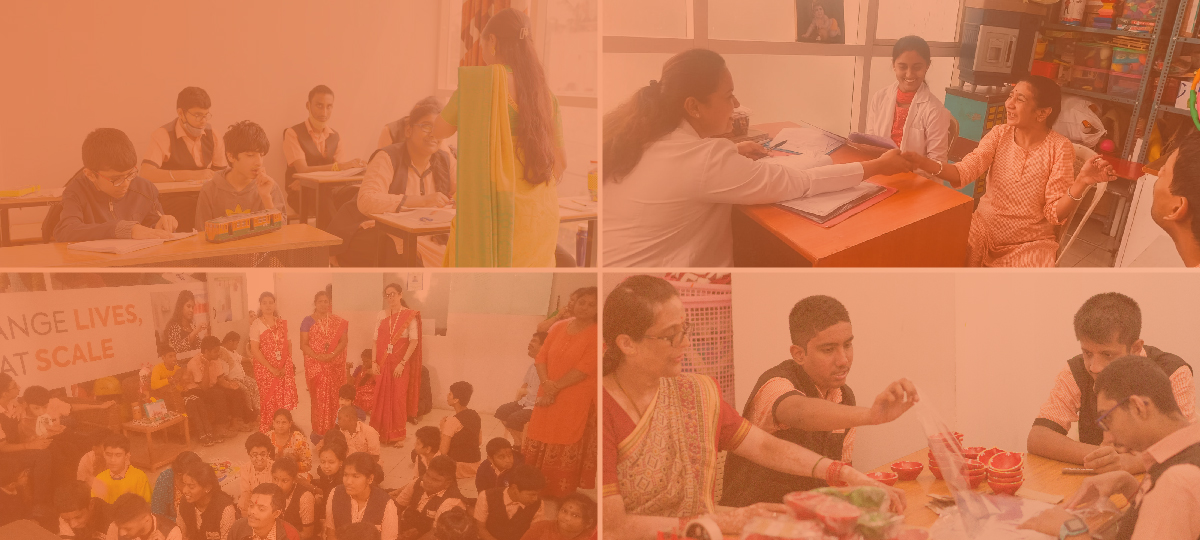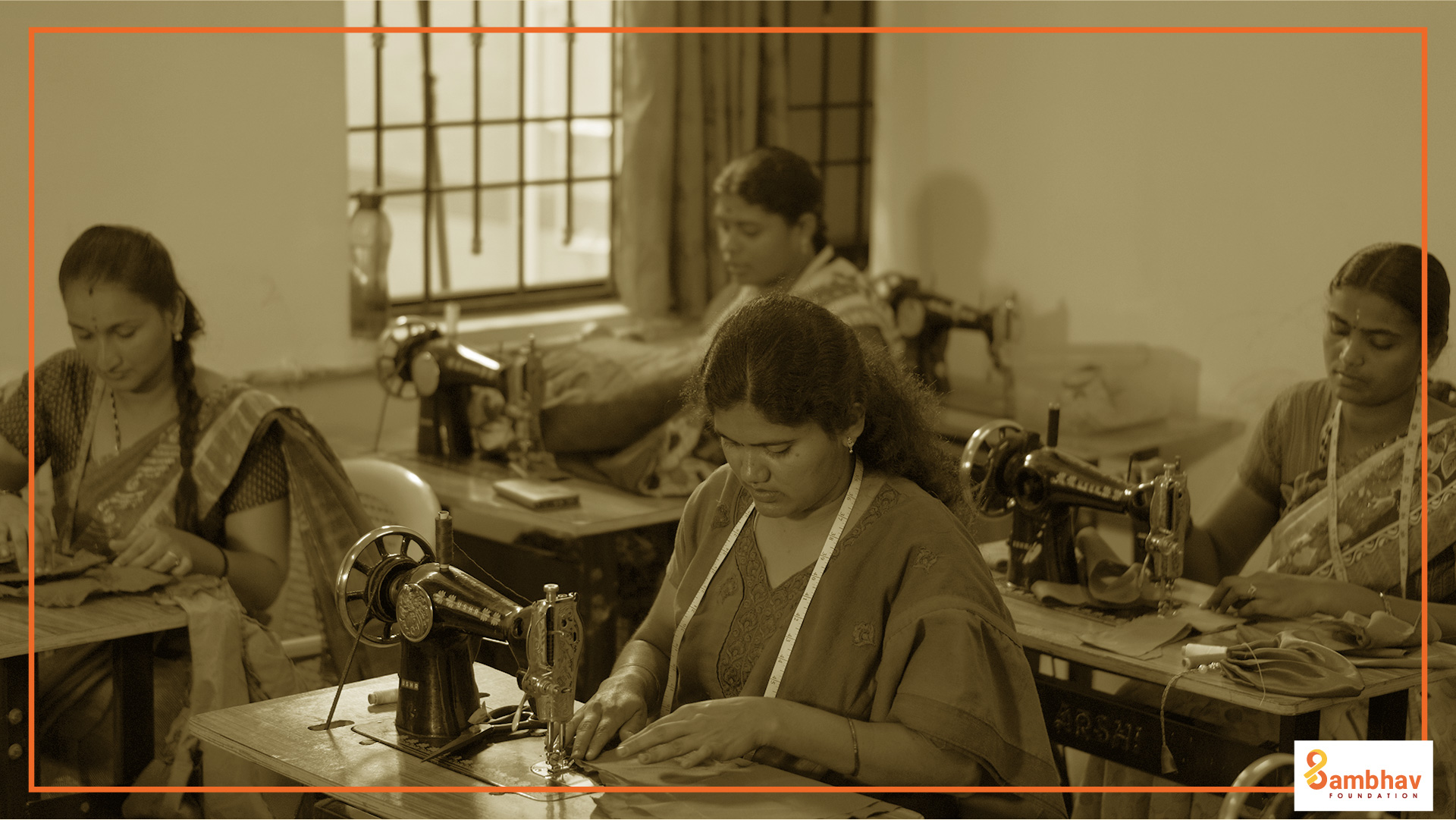As a country, it has taken us a while to get warmed up to vocational education. After Independence, India’s education policies have solved for access. With nearly 15 lakh schools across the country, we currently have one of the largest networks of public schools in the world.
Access to education was prioritized because even today, the public school system remains a vehicle for other government programmes like child nutrition, basic healthcare (like menstrual hygiene) or even vaccination (think of the range of roles government school teachers take up). Simply keeping children in schools, or reducing dropout rates has also curbed problems of child labour or child marriage.
Detached from practical reality
But for years now, we have seen a worrying pattern emerge: employability. There is a concern that our education system is removed from practical realities.
A study of the Gross Enrollment Ratio (GER) is illuminating: across the country, GER starts declining when transitioning from primary to secondary education (77.9%), higher secondary (51.4%), and finally, college education (where it is estimated to be around 27%).
The difference is even more stark in states like Bihar and Uttar Pradesh, where the GER at higher secondary level is 30% and 46% respectively.
Essentially, students drop out because of financial reasons but more likely, because the education they receive is not relevant to the context of their lives. And the lakhs of students who drop out of schools are often left with no recourse to a formal education.
The silver lining is that the National Education policy (2020) has recognised the problem, and brought about a renewed focus on vocational education. It has a lofty aim: providing at least 50% of students across the country with exposure to some form of vocational education. The intent here is appreciable, even if it is a tall target.
A visit to Punjab
But when it comes to the practical realities of school-level vocational policy, a recent visit to Punjab was an eye-opener. I came across schools in Jalandhar and Amritsar that had made a move towards providing a ‘positive framework’ for vocational education. These schools were a lot cleaner and well-maintained. The labs were well-equipped, and the trainers were highly qualified. The schools I visited were moving towards making vocational education a core subject, not just an afterthought.
It was refreshing to see vocational education subjects taught to school students as a skill in a live lab. And most of the schools we visited had constructed a room for this purpose, even putting in the infrastructure for it. Across the country, there are at least 10,000 schools where this is being implemented.
The exposure to skill training also takes the form of computer training, language or other skills.
A positive framework
But there’s another crucial challenge that organizations working in the skilling space face: convincing parents and students to take up vocational education courses. There’s a certain existing disregard for vocational education and blue-collar work in India.
Many families don’t see it as respectable work, and have a hard time associating skill training with a formal education.
When school children are given exposure to vocational education, it goes a long way towards changing that attitude. One, it gives these students a lot of clarity about the career paths that are available to them going forward.
Skill training also has the benefit of explicitly linking education with a trade or livelihood. Suddenly, education does not seem like a rigmarole, especially for students from straitened circumstances who are under immense pressure to contribute to the family income from a young age.
But here’s a caveat: the 10,000-odd schools where vocational education is now a core subject is a small drop in our education system. But if the evidence from my visit to Punjab’s schools are anything to go by, then we are headed in the right direction.




